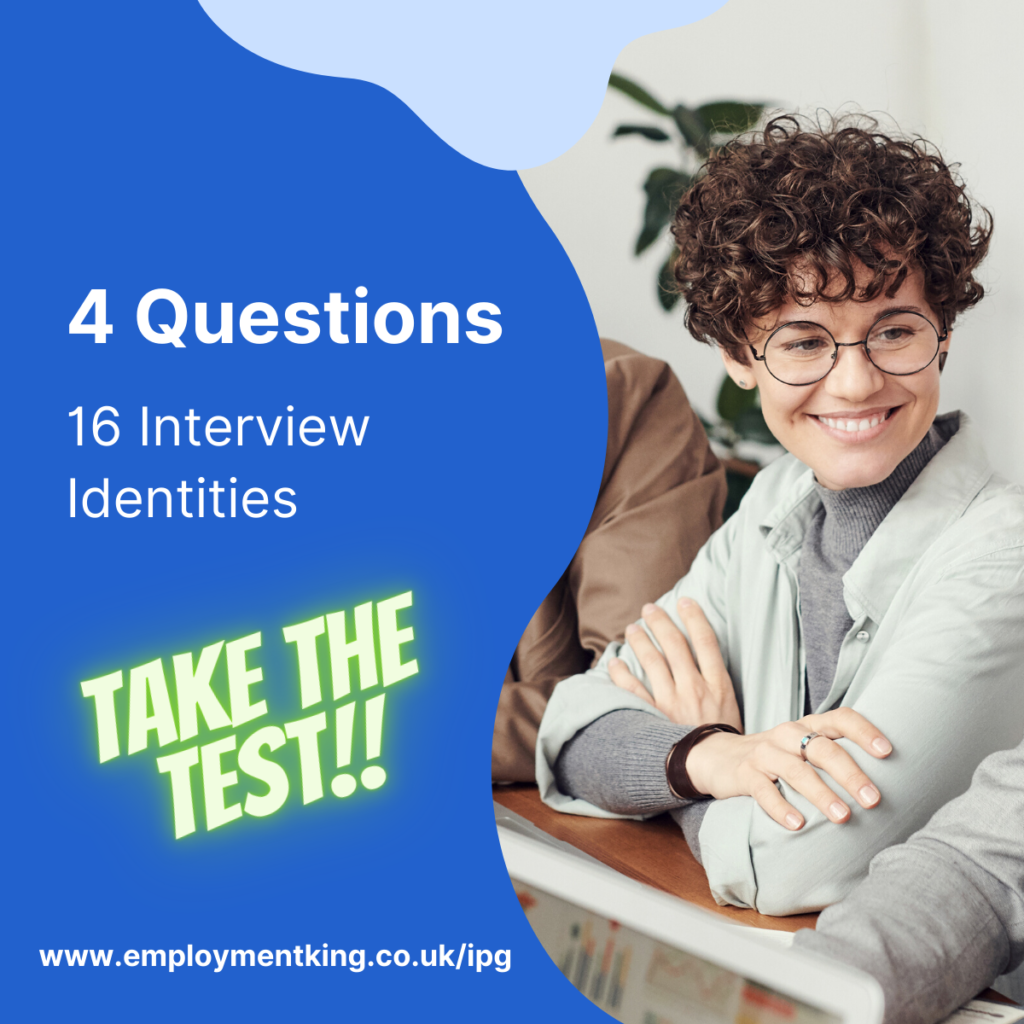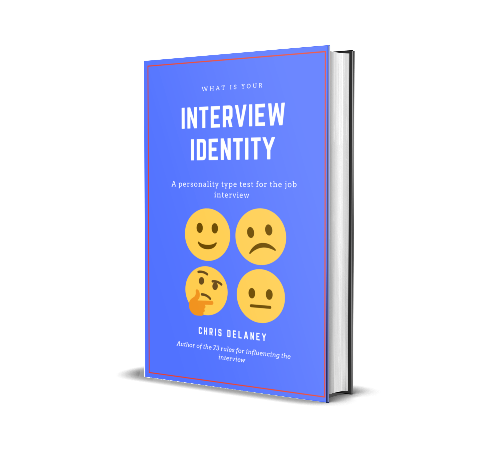The wrong hiring decision can cost an organisation, not only financially – A study conducted by the Society for Human Resources Management (SHRM), found that is can cost up to five times a bad hire’s annual salary, but also productively: Research into the positive and negative effects of recruitment at the National Business Research Institute (NBRI) found that 37% of bad hires affected employee morale and 18% of employers found that a bad hire had a direct negative impact on client relationships
The number one reason for bad hiring practices is an employer’s job interview process. This includes a lack of due diligence, interviewers’ assumptions and unconscious biases, and, offering roles based on the applicant’s personality (the nice person) rather than the interviewee’s competences.
Tweaking the interview process is easy to implement and will have a positive impact on future hires.
These 5 job interview steps will help you make the best hire.
- Implement a structured job interview
Much research proves how a structured job interview over an informal job interview improves the rate of a positive hire.
- A structured job interview is the process of asking job interview questions that have a direct relevance to the job role – this sounds obvious, but during an informal job interview it is easy for the conversation (which is unplanned and more free-flowing) to go off on a tangent.
- Each job applicant is asked the same, on average 8-10, job interview questions.
- All questions are marked on a pre-agreed grading system. Each grade will have a list of criteria the interviewee must cover during their interview answer to receive a particular score.
- This logical approach results in the highest-scoring person being offered the job role.
- Have multiple interview rounds (for higher-paid roles)
Commonly, an interview panel (2-3 interviewers) conduct the job interview. The idea behind this practice is designed to create a fair process, as each interviewer individually scores each applicant, before comparing scores.
One issue with the interview panel is that people will often alter their allocated scores based on what the (natural) group leader decides. In short, humans make judgements based on what they believe other people want to hear. Psychologically, people never want to be seen by others as doing something ‘wrong’ even a personal judgment.
Multiple interview rounds delivered by different hiring managers, especially for senior roles and high-paid positions, result in a better hire – a better higher is the applicant’s actually ability to perform well once employed. This is due to similar questions being asked in several structured job interviews (and often one informal job interview and/or assessment round) by various professionals who can review interview answers from different perspectives.
- Spread interviews out
Most organisations during the recruitment window will offer interviews to candidates over the short period of 1-2 days. On average 8 people are offered job interviews for every advertised position, with each interview lasting around 45-60 mins. This back-to-back recruitment practice is tiring for the interview panel, which can negatively affect the decision-making process.
The solution is to have one, or maybe two interviews scheduled a day with flexibility between interviewees to allow, if needed, an interview to run over. Asking additional questions to gather more information and details, rather than sticking strictly to the initial set of questions can ‘open up’ an applicant allowing the interview panel to more easily predicted that persons job performance, and fit within the team.
Asking ‘what was your role in that example?’ or ‘ how did you come to that solution?’ or ‘what mistakes did you make before you were successful?’ to a pre-set interview question gathers more intelligence.

- Give a task
They say a picture paints a thousand words. But if you talk the talk can you walk the walk?
For many job roles, a key part of the required task will be a particular action; from writing risk assessments to completing calculations, from problem-solving to selling, from cooking to code-breaking. If the main task is something that can be tested, test it.
Set the task in real conditions, using a task the applicant would be doing once employed, and check their ability to complete the required job duties.

- Think about the team culture
A new hire can make or break an existing team. Hiring a new employee can add some spice to the team, creating a new energy, new motivation, and a new purpose. Famously the difference between Steve Jobs being rehired at Apple compare to the period when Jobs wasn’t employed was the difference in why we still view Apple products as a consumer favorite.
One of the interview stages must be questions to review the employee’s temperament and to match that to the team culture. Team culture interview questions can include:
- Are you a goal or problem-orientated person?
- Do you work better within a team or on your own?
- What motivates you the most, starting or finishing a task?
- What’s the most important thing to you in a job?
- How do you describe your role within a team?
Recruitment has changed over the past 10 years, career professionals are more likely to quit than to work in a job they dislike, many employees job-hop every 3-5 years, and first-choice hires will decline not only job offers but job interviews if they deem them not worthy. The job interview itself is one of the ways an applicant will decide of they are likely to take an offered role. As well as having to balance the design of the recruitment process to be seen as a good hire, employers must think about an interview process that ensures they hire an individual that will not only fit within their existing team but that will add value to the organisation.
The 5 step interview process
Implementing the 5 simple interview steps; a structured multiple-round job interview, within team, and job-directed questions over a period of time allows an employer the time and space to recruit someone worthy of their advertised salary.
In a job interview, positive body language complements verbal communication and significantly impacts how you are perceived by interviewers.
Demonstrating confidence, professionalism, active engagement, and genuine interest through your non-verbal cues can leave a lasting impression and differentiate you from other candidates.
Remember to maintain eye contact, use appropriate hand gestures, and be mindful of your posture throughout the interview. A warm and genuine smile can convey enthusiasm and likability. By mastering positive body language, you enhance your chances of success in job interviews and project yourself as the ideal candidate for the role.





